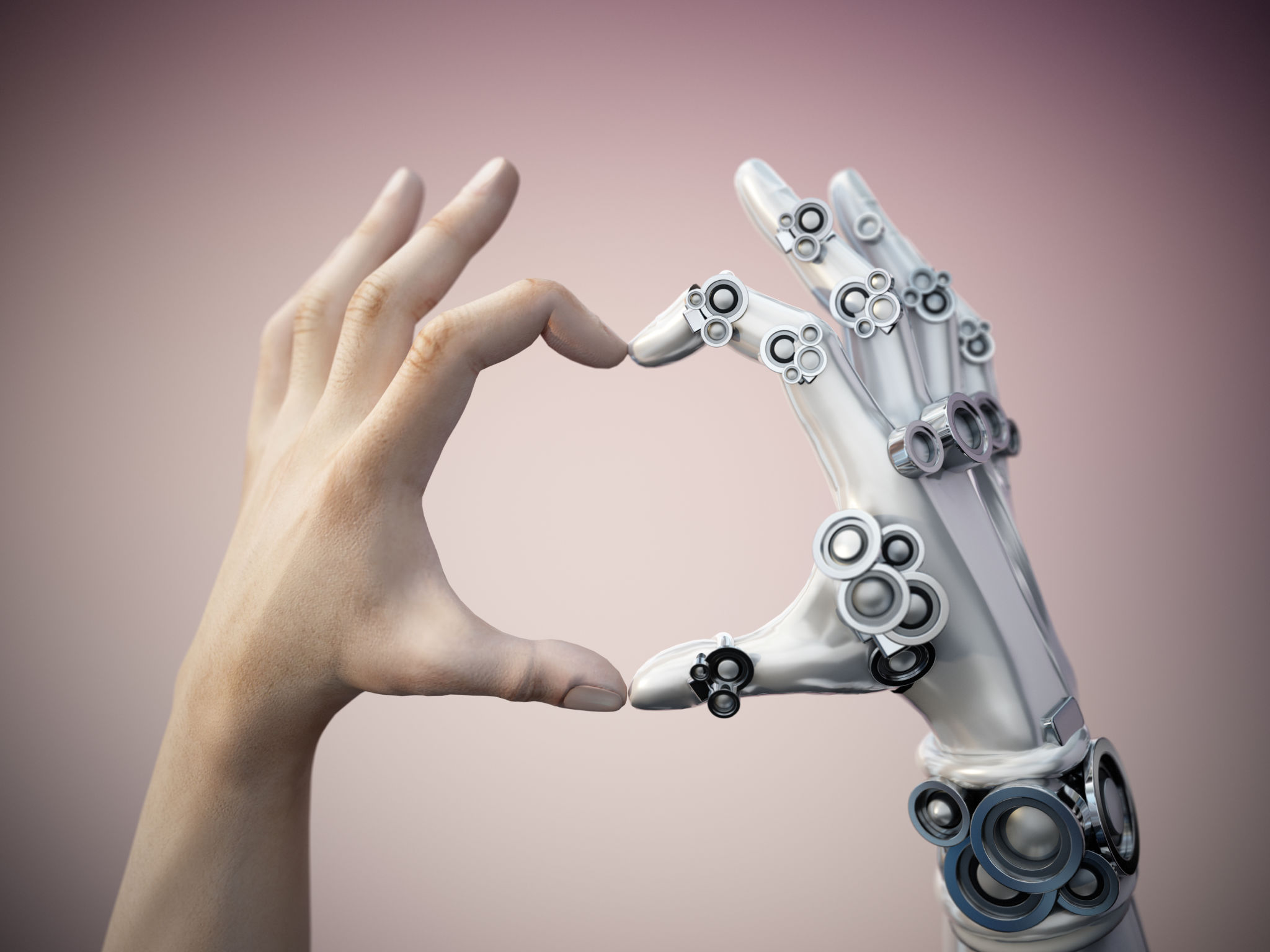The Future of Automation in Surface Treatment: Trends and Innovations
Introduction to Automation in Surface Treatment
As industries evolve, the integration of automation into surface treatment processes is gaining momentum. Surface treatment, a critical step in manufacturing, involves modifying the surface of a material to achieve desired properties such as corrosion resistance or improved adhesion. Automation offers unprecedented efficiency and precision, transforming how industries approach this essential process.
In recent years, advancements in technology have paved the way for more sophisticated automation solutions in surface treatment. These innovations promise to enhance productivity, reduce costs, and improve the quality of finished products. This post explores the latest trends and innovations shaping the future of automation in surface treatment.

Key Trends in Automation
A few key trends are driving the adoption of automation in surface treatment. One significant trend is the increased use of robotic systems. Robots are now capable of performing complex tasks with high precision and consistency, making them ideal for surface treatment applications.
Another trend is the integration of AI and machine learning. These technologies enable systems to learn from data, optimize processes, and predict maintenance needs. As a result, manufacturers can achieve greater efficiency and reduce downtime.

Advanced Sensors and Data Analytics
The use of advanced sensors is another trend transforming surface treatment automation. These sensors collect real-time data on various parameters such as temperature, pressure, and chemical composition. When combined with data analytics, this information helps in making informed decisions and ensuring optimal process conditions.
Data analytics plays a crucial role by providing insights into process performance and identifying areas for improvement. By leveraging data, industries can achieve enhanced process control and quality assurance.
Innovations in Surface Treatment Technologies
Several innovations are reshaping the landscape of surface treatment. One such innovation is plasma treatment, which uses ionized gas to modify surfaces at a molecular level. This technology offers advantages like improved adhesion and surface cleanliness without the need for harsh chemicals.

Another groundbreaking innovation is electrochemical machining (ECM). ECM allows for precise material removal and surface finishing, making it ideal for complex geometries and challenging materials. The automation of ECM processes further enhances its efficiency and repeatability.
Sustainability and Environmental Impact
As industries become more environmentally conscious, sustainable practices in surface treatment are gaining importance. Automation plays a key role by minimizing waste and reducing energy consumption. Additionally, innovative techniques such as dry coating processes eliminate the need for hazardous chemicals, making them more environmentally friendly.

These innovations not only contribute to sustainability but also align with regulatory requirements and customer expectations for greener manufacturing practices.
The Future Outlook
The future of automation in surface treatment looks promising, with continued advancements expected in robotics, AI, and sustainable technologies. As these innovations mature, they will likely become more accessible to a wider range of industries, from automotive to aerospace and beyond.
With automation at the forefront, industries can look forward to enhanced productivity, reduced operational costs, and superior product quality. The journey towards fully automated surface treatment processes is well underway, promising a bright future for manufacturers worldwide.
